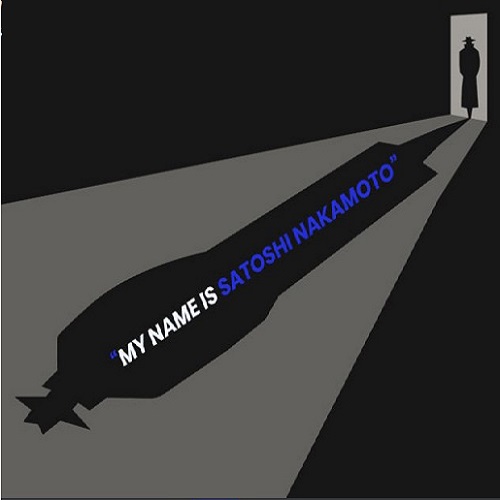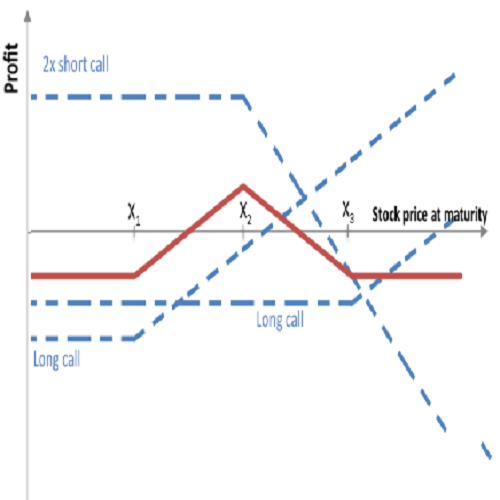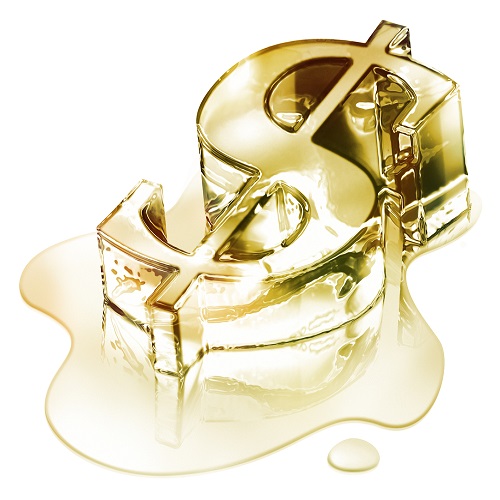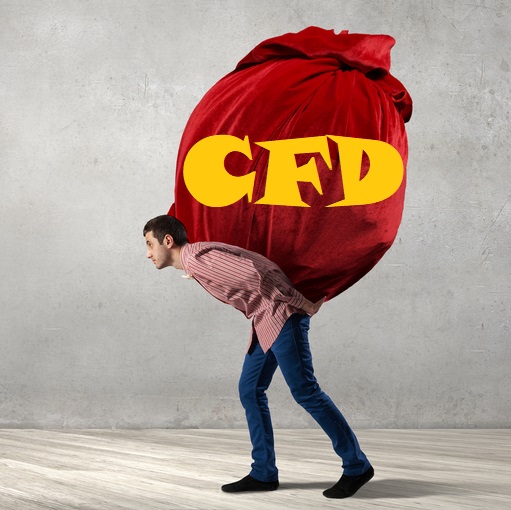Seeking Satoshi – the Man Behind the Coin
In 2009, a person calling himself Satoshi Nakamoto turned the financial world on its head by introducing the first peer-to-peer payment network - the starting shot in the race for a new economy.

No More Paper
In 2009, a person calling himself Satoshi Nakamoto turned the financial world on its head by introducing the first peer-to-peer payment network that entirely bypassed the centuries-old infrastructure of central banks, governments and any other stronghold related to fiat currencies.
Nakamoto, who has neither revealed himself until the present day, nor attempted to prove himself to be an existing person published a white paper in which he lay the roots of the year-old global financial meltdown at the feet of a corrupt system whose time had come. In its place, he introduced a payment platform that would be transparent, open to all, easily monitored, yet totally private.
Stating that by his system one would only be able to spend what one owns – undermining the concept of credit – his Bitcoin was the first true Crypto Currency – a means of commoditizing wealth using an encrypted online ledger that would be shared in real-time by all its users instead of the paper representations of wealth we have grown so used to – money in all its shapes and forms (checks, IOUs, treasury bills…).
No More Money??
To understand the concept, we need to go back a step and understand that the currencies we know are not really a basis for wealth by an indication of it. Coins and bills are only valuable if the state that issues them can back them up with wealth. When a state prints more money without increasing its wealth, the value of the money decreases. More bills represent less wealth. This is regularly done by central banks at the behest of their governments, often as a trade war tool, often as a result of lack of choice.
The result is inflation. When we transfer part of our own personal wealth to a shopkeeper or receive some from our employer, we trust the central government to maintain its value in order to maintain fairness in trade. In return, we pay taxes, interest and maintain our allegiance to the state.
Satoshi in 2009 came to the conclusion that states and banks had not kept to their part of the deal.
A Brief History
Satoshi Nakamoto on January 3rd, 2009 published his Bitcoin white paper and issued the first 50 Bicoins. These Bitcoins were, in fact, 50 alphanumerical chains that fulfilled a requirement that each miner must fulfill to close a new block in the chain. The number of possible alphanumerical chains that can fulfill this requirement was limited at the onset to 21 million – the total number of bitcoins that will ever be mined. As a result, the more bitcoins mined, the harder it is to find a new one that fulfills the requirement.
On January 9th, a programmer by the name of Hal Finney downloaded the first open-source client program and became the world’s first miner/bitcoin user. As a prize, he was ascribed 10 of those first 50 bitcoins (2, with which he could have then bought a pizza with) to his newly-minted e-wallet.
Bitcoin Takes Off
As with all things new, most people who heard the term “bitcoin” at the time dismissed it with derision. What’s more, the first sector to really get a taste for cryptos were money launderers, which at first gave Bitcoin a bad reputation. However, this proved to be a very short-lived glitch.
Most of us have since seen Bitcoin gaining acceptance, shooting up to $20,000 per coin, then plunging down again; but the craze is far from over. As it gains acceptance, imitators follow, and today, companies like Microsoft, Intuit, Expedia, Virgin Galactic, and more accept it, and the central banks of England, Canada, Hong Kong, Singapore, Estonia and India are wondering how they can co-opt it.
One of the reasons for this growing acceptance is the blockchain itself – the system whereby transactions are recorded in a non-centralized network. The number of cryptocurrencies continues growing and, alongside them, the various approaches to defining a blockchain. Central banks and governments, as well as almost any other industry that depends upon record-keeping of any kind – even those that look upon cryptocurrencies with a wary eye, have swiftly realized the potential of the technology and are quickly adopting it.
Facebook, 10 years after Bitcoins launch, has caused central bankers and nations alike to rear up on their back feet by proposing its own cryptocurrency, Libra, which would be one step short of announcing nationhood for its 2 billion potential users – the next step being creating a flag, with a foreign and defence policy not far behind.
Indian Prime Minister Narendra Modi has told the Economic Times that creating an electronic currency could possibly be the only way to battle his country’s rampant and uncontrollable corruption. And China, which dreams of supplanting the US Dollar as the world’s major reserve currency, is taking huge steps in finalizing plans for an electronic Renminbi.
Derivatives
As for the online environment, cryptocurrencies are only one aspect of the gradual democratization of the financial sphere. Alongside crowd-funding, crowd-trading and the creation of alternative stock exchanges, such as IEX, which is finally being noticed by the SEC, NYSE and Nasdaq, the derivatives market swiftly adopted cryptos as an attractive trading asset.
Initial Coin Offerings enable companies to raise capital by creating their own crypto-tokens and selling them instead of shares. As shares increase in value if the company succeeds, so do the new crypto coins (tokens). At the moment, however, since these ICOs are not regulated by any authority, the breadth for a scam is quite wide (as are private share offerings not issued through a national exchange).
On the regulated derivatives front, on the other hand, most brokers offer cryptos as the base currency of currency pairs against mostly dollar or euro counter-currencies. And since the crypto environment is borderless, they can be traded 24/7, since no major financial institution needs to be in operation for their exchange.







